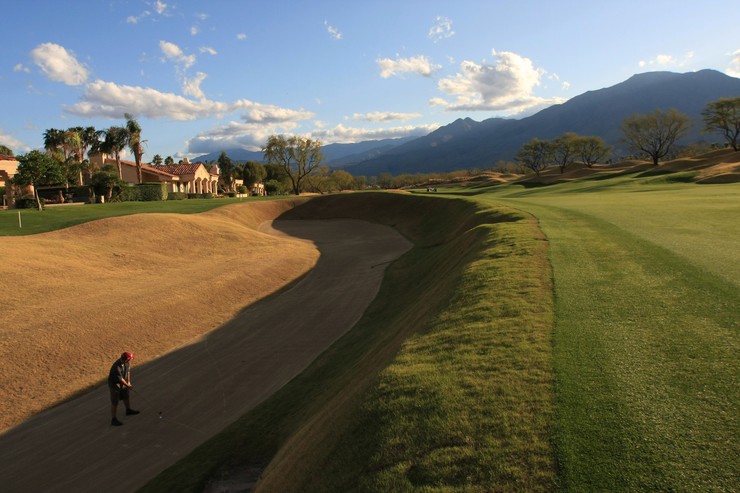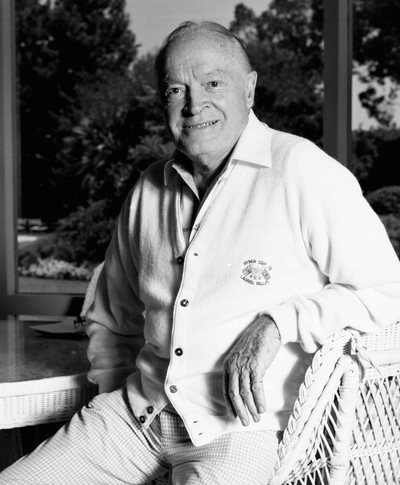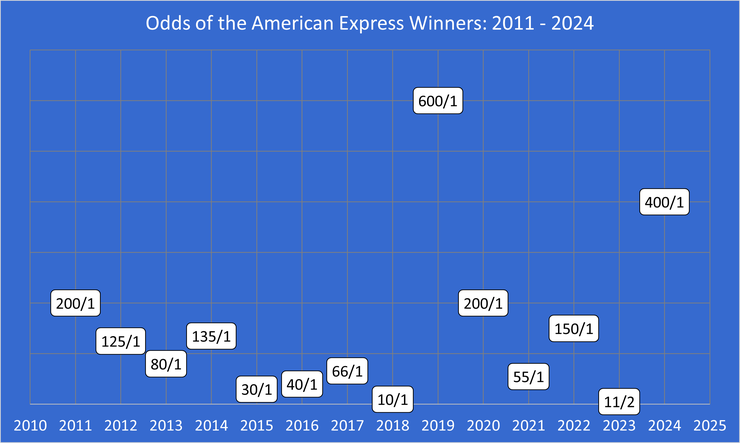
Legendary golf course designer Pete Dye passed away in 2019 but his legacy will live on as generations of golfers and PGA Tour players will compete on his courses. Indeed, the recently titled American Express, previously known as the Desert Classic, visits a Dye design.
The Pete Dye Stadium Course at PGA West is one of three courses used for this pro-am along with the Nicklaus Tournament Course and La Quinta Country Club, which are also at PGA West.
The inaugural Desert Classic was played in 1960, won by the legendary 7-time major winner Arnold Palmer. In fact it is Palmer who has the most Desert Classic victories with five in total.
Quick Facts
| Course | Location | Length | Prize Money |
|---|---|---|---|
| Pete Dye Stadium Course Nicklaus Tournament Course La Quinta Country Club |
La Quinta, California | 7,187 yards 7,159 yards 7,060 yards |
$8,400,000 |

The American Express Recent Winners
| Year | Winner | To Par | Winning Margin | Course |
|---|---|---|---|---|
| 2024 | Nick Dunlap | -29 | 1 Stroke | La Quinta, Stadium, Nicklaus |
| 2023 | Jon Rahm | -27 | 1 Stroke | La Quinta, Stadium, Nicklaus |
| 2022 | Hudson Swafford | -23 | 2 Strokes | La Quinta, Stadium, Nicklaus |
| 2021 | Kim Si-woo | -23 | 1 Stroke | Stadium, Nicklaus |
| 2020 | Andrew Landry | -26 | 2 Strokes | La Quinta, Stadium, Nicklaus |
| 2019 | Adam Long | -26 | 1 Stroke | La Quinta, Stadium, Nicklaus |
| 2018 | Jon Rahm | -22 | Playoff | La Quinta, Stadium, Nicklaus |
| 2017 | Hudson Swafford | -20 | 1 Stroke | La Quinta, Stadium, Nicklaus |
| 2016 | Jason Dufner | -25 | Playoff | La Quinta, Stadium, Nicklaus |
| 2015 | Bill Haas | -22 | 1 Stroke | La Quinta, Palmer, Nicklaus |
| 2014 | Patrick Reed | -28 | 2 Strokes | La Quinta, Palmer, Nicklaus |
| 2013 | Brian Gay | -25 | Playoff | La Quinta, Palmer, Nicklaus |
| 2012 | Mark Wilson | -24 | 2 Strokes | La Quinta, Palmer, Nicklaus |
| 2011 | Jhonattan Vegas | -27 | Playoff | La Quinta, Palmer, Silver Rock, Nicklaus |
| 2010 | Bill Haas | -30 | 1 Stroke | La Quinta, Palmer, Silver Rock, Nicklaus |
| 2009 | Pat Perez | -33 | 3 Strokes | Bermuda, Palmer, Silver Rock, Nicklaus |
| 2008 | D. J. Trahan | -26 | 3 Strokes | La Quinta, Palmer, Classic, Silver Rock |
| 2007 | Charley Hoffman | -17 | Playoff | La Quinta, Bermuda, Palmer, Classic |
| 2006 | Chad Campbell | -25 | 3 Strokes | La Quinta, Bermuda, Palmer, Classic |
| 2005 | Justin Leonard | -28 | 3 Strokes | La Quinta, Bermuda, Tamarisk, Palmer |
Course Info

Each of the three courses used by the American Express plays to a par of 72, but just don’t expect too many players to shoot around that. It takes a score of around -10 just to make the 54 hole cut and scoring is expected to be strong on these relatively short courses.
The 156 golfers competing will play a round each at the Stadium Course (7,187 yards), the Tournament Course (7,159 yards) and La Quinta (7,060 yards) before those who make the cut face off one more time at the Stadium Course.
Each course provides its own challenges and demands a slightly different style of golf but there are parallels across the trio. Players who don’t hit a high proportion of greens in regulation will really struggle to hack the required scoring pace. It is once players are safely aboard the greens that things really become important though. Only those who have their best stuff with the putter will be able to navigate their way towards the top of the leaderboard.
About the American Express

The PGA Tour was inaugurated way back in 1929. That is a long time for things to change considerably with both the tour and golf itself. There are a number of ways to chart the changes of the PGA Tour over time. One of them is with the sponsors who have got involved over the years.
The naming rights for a PGA Tour event are expensive and sponsors change regularly, in some cases each year. Therefore, so do the names of the tournaments. The American Express is just the latest name for a tournament that has, in recent years, gone by the Desert Classic presented by Workday, the CareerBuilder Challenge and the Humana Challenge.
It’s rare to have a tournament with a name that doesn’t have any nod to it actually being a golf tournament. There’s no championship, open or even pro-am at the end of the name of this one, it’s simply called The American Express. Strange as that may be, the new nomenclature reflects a tournament that is shedding some of its past image and trying to establish itself as a serious event that attracts the biggest names in golf rather than the biggest names in show business.
No More Glitz or Glamour

Golf has always had well-worn links with the worlds of business, entertainment and politics. A number of professional tournaments have made the most of those links by bringing in famous faces to promote and, in the case of the American Express, participate in their tournaments.
For 20 years, the event was known as the Bob Hope Classic. Hope was the most successful and most famous comedian in the world for a large part of his career and he delighted in utilising his fame and pulling power to attract the likes of Frank Sinatra, Clint Eastwood and Bing Crosby. Then there were the politicians with some of the most recognisable faces in Washington taking part including former presidents.
Bill Clinton became the first sitting president to compete in the first day of the 1995 tournament. His association with the event continued in 2012 when the Bob Hope Classic became the Humana Challenge in partnership with the Clinton Foundation. Bill, Hillary and Chelsea Clinton regularly attended to boost the charitable donations to their foundation.
At that stage, the tournament shifted from being a five day event into a four day event, held over three courses. Whilst it remains a pro-am, the American Express no longer has the same star quality as celebrities have gradually been phased out from competing.
A Tournament for Long Shots

Despite the Bob Hope Classic being one of the most popular tournaments in golf, Tiger Woods routinely gave it a swerve. He wasn’t golf’s only star who felt that five days of painfully slow pro-am golf was not worth the hassle. That has changed a little with the reversion to a four day tournament in 2012 but pro-ams take significantly longer than your run of the mill event and leave the professionals with responsibilities that they usually only have to deal with in the Wednesday warm up.
Add three host courses into the mix and it is little surprise that more recent editions of the American Express have seen so many long shots win the title. The 2020 winner, Andrew Landry, may have fit the bill nicely in terms of the style of golf needed to win around La Quinta Country Club and the Stadium and Tournament Courses at PGA West but he was available at a general price of 200/1 before his win.
One year before Landry’s win and Adam Long won at a monster price of 600/1. Jon Rahm was a much more predictable winner in both 2018 and 2023 when he won at odds of 10/1 and 11/2 respectively but he was the only winner priced under 30/1 between 2011 and 2024, as you can see in the chart above.
In 2024, 20-year-old Nick Dunlap caused a huge upset when he triumphed in the American Express as a 400/1 shot. In doing so he became the first amateur winner of a PGA Tour event since Phil Mickelson’s 1991 Tucson Open victory.